Today, engineers, scientists and designers work together to enhance underwater infrastructure to adequately observe marine biodiversity and biology. The projects we have collected in this post are created in a bid to make a meaningful difference to marine life and tackle the challenges facing the ecosystems of our oceans.
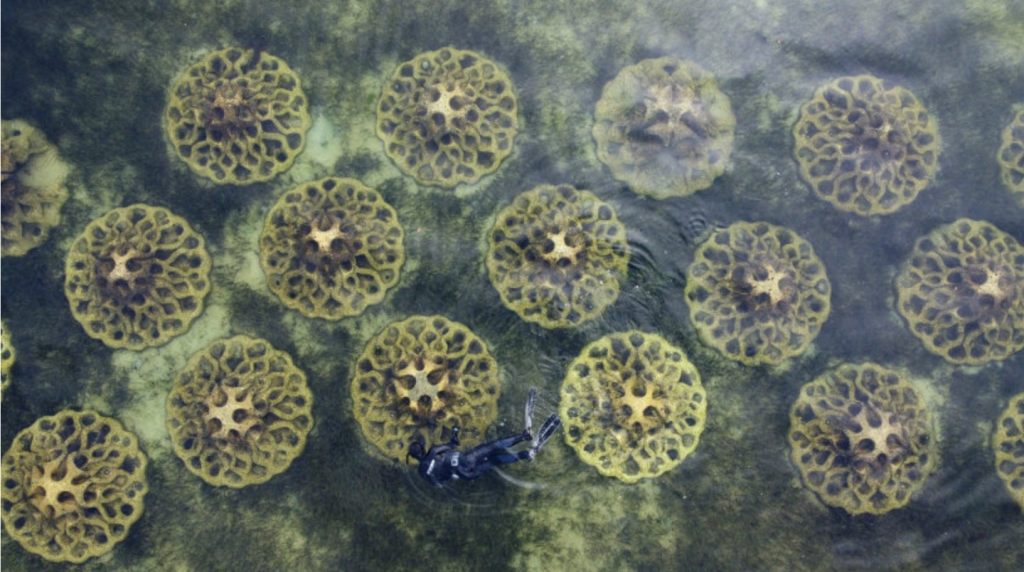

Erosion Mitigation Units by Reef Design Lab (also header image)
Australia-based multidisciplinary design company Reef Design Lab creates lotus-root-looking modules to help prevent further erosion in bodies of water and create livable habitats for marine species such as mussels and oysters. The company mixes concrete with locally sourced recycled shells, including oysters, and casts it into reusable formwork shaped to resemble lotus roots,. In this way they create modular shelters where fish and other marine species can find a safe habitat.
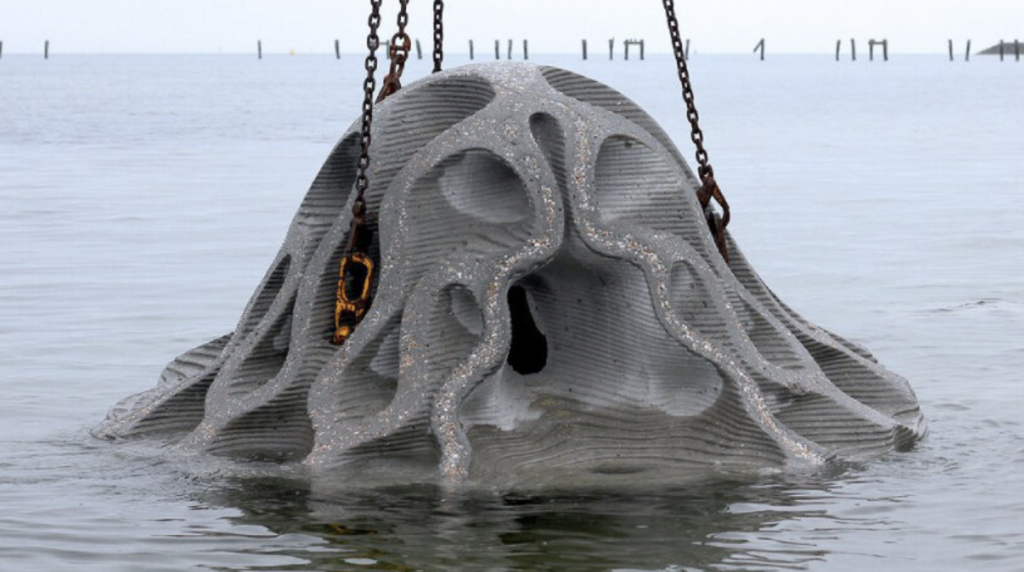
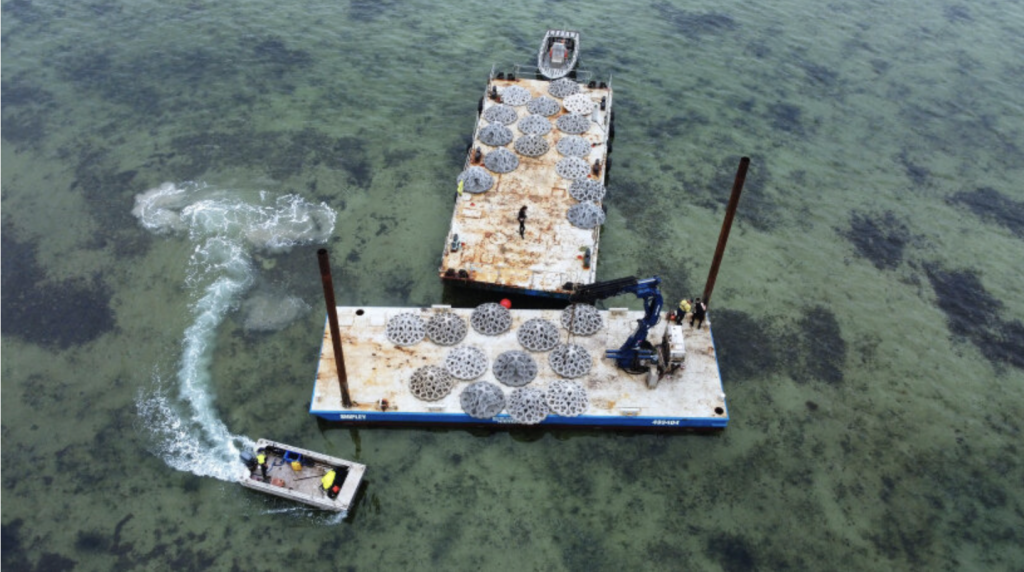
Erosion Mitigation Units by Reef Design Lab
Each unit weighs around 1,800 kilos so it can withstand severe waves and is mechanically anchored to the sand, thus protecting the coasts it is in. Dotted with large holes and arranged sloping upwards, the modules help reduce the force of waves and avoid extreme erosion.
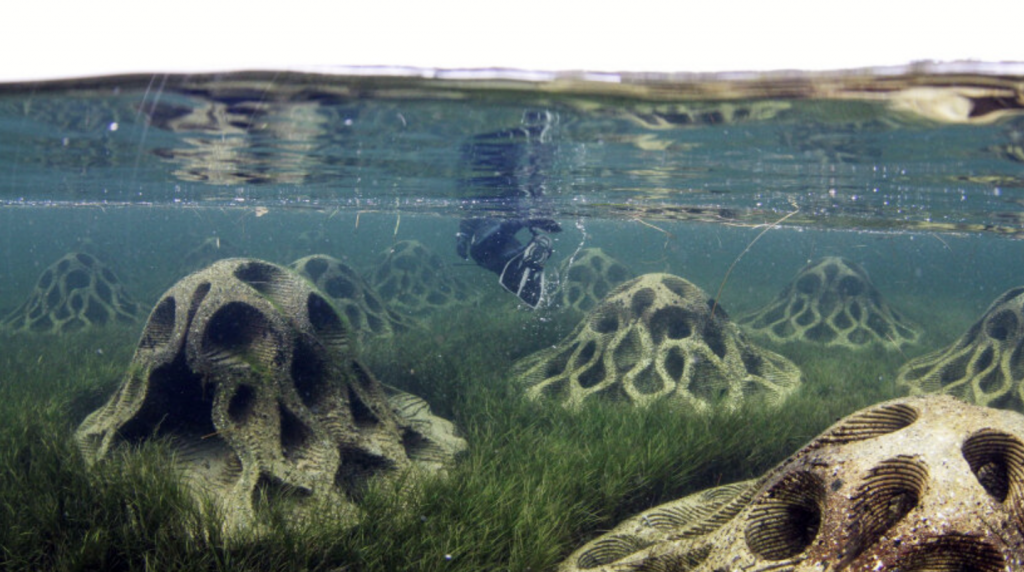
Erosion Mitigation Units by Reef Design Lab
Reef Design Lab has installed the 200-centimeter-wide Erosion Mitigation Units (EMU) in Port Phillip Bay, Dell Eco Reef in Clifton Springs, Victoria, and the City of Greater Geelong in Australia, in a bid to regenerate marine life. At high tide people can snorkel through the system, just like a natural rocky reef, to explore the species living in it.

Isolotto by Angelo Renna and Apurva Baldawa
To sustain marine life in the Mediterranean Sea, Italian research and design practice Renna Studio founded by Angelo Renna and Apurva Baldawa has created a small fully biodegradable artificial island using cork, gypsum, and natural glue. The floating island is designed to naturally decompose and transform into other components like nutrients, bacteria, and various mineral forms without leaving any traces of pollution behind. No screws or chemical substances have been used to plant the island, which helps preserve the integrity of the environment throughout its life cycle.

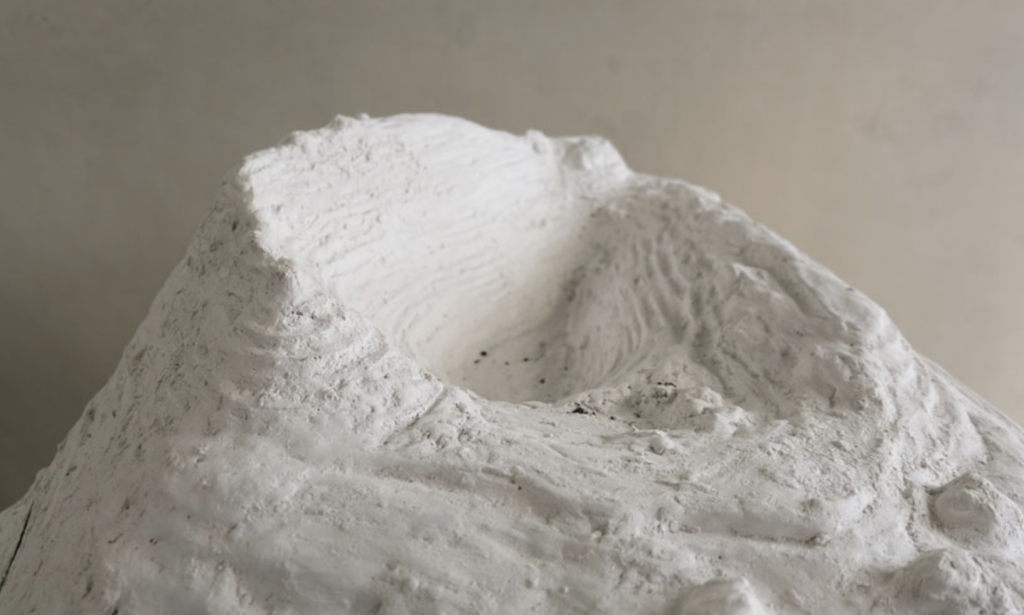
Isolotto by Angelo Renna and Apurva Baldawa
The structural integrity of the island is provided via an internal structure entirely assembled with layers of cork measuring 1cm in thickness, while the external layer realized using gypsum, a non-toxic material derived from calcium and sulfate, creates a safe habitat facilitating the growth of plants, vegetation, and microorganisms.

Isolotto by Angelo Renna and Apurva Baldawa
This multi-layered composition ensures the island is lightweight, so it remains afloat, while sturdy enough to support a proper package of soil for plants and vegetation above the surface. Underneath the waterline, the island offers diverse topography, including inverteed hills, vealleys and peaks, which helps cultivate marine flora, such as invertebrates, mosses, and plants.
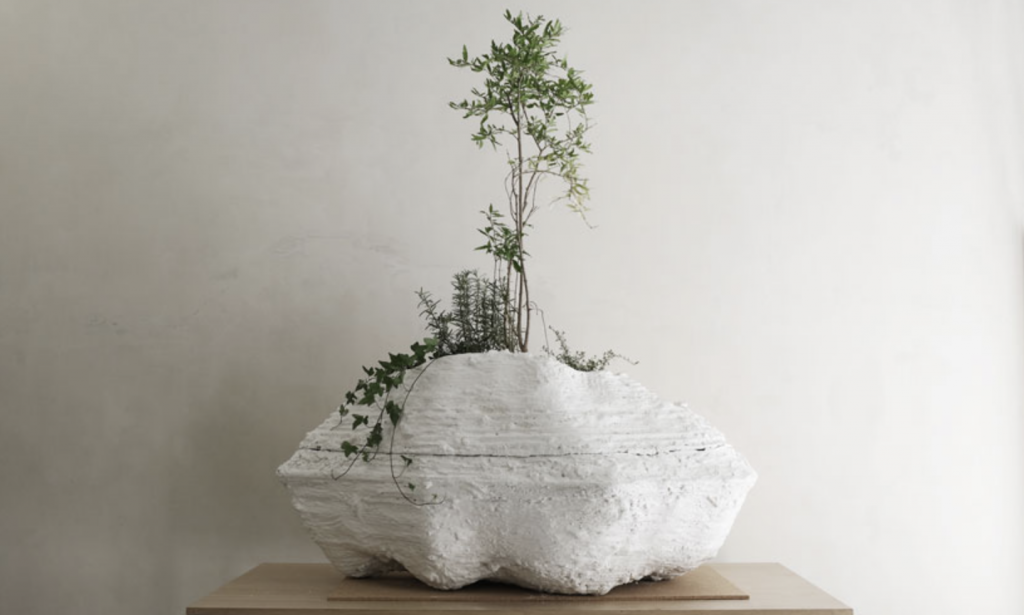
Isolotto by Angelo Renna and Apurva Baldawa
The outer stratum is made of non-toxic gypsum, which degrades at a slower rate than clay and terracotta, thus prolonging the island’s lifespan and furthering the process of degradation.

Biopod by Maor Bezner and ECOncrete
After researching the marine ecosystems of the Israeli coastline along with the marine biologists from ECOncrete tech company, local designer Maor Bezner has developed a new underwater infrastructure that will minimize the disruption of local marine ecosystems.
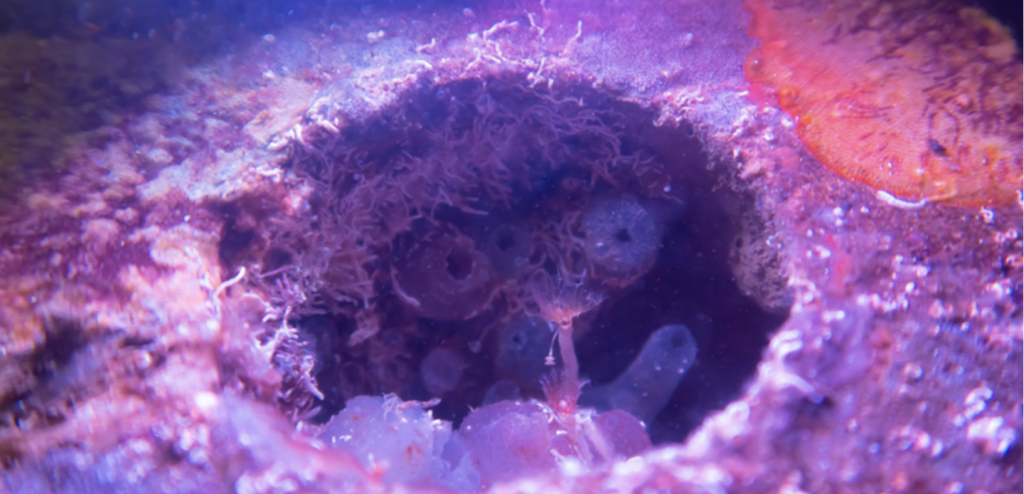
Biopod by Maor Bezner and ECOncrete
Although conventional concrete us strong and relatively durable, it is not suitable for underwater environments. Not only it creates higher acidity in the water, it is also too smooth an homogeneous for the marine species to find suitable surface conditions to grow undisturbed. The ECOncrete material, however, addresses all these issues.
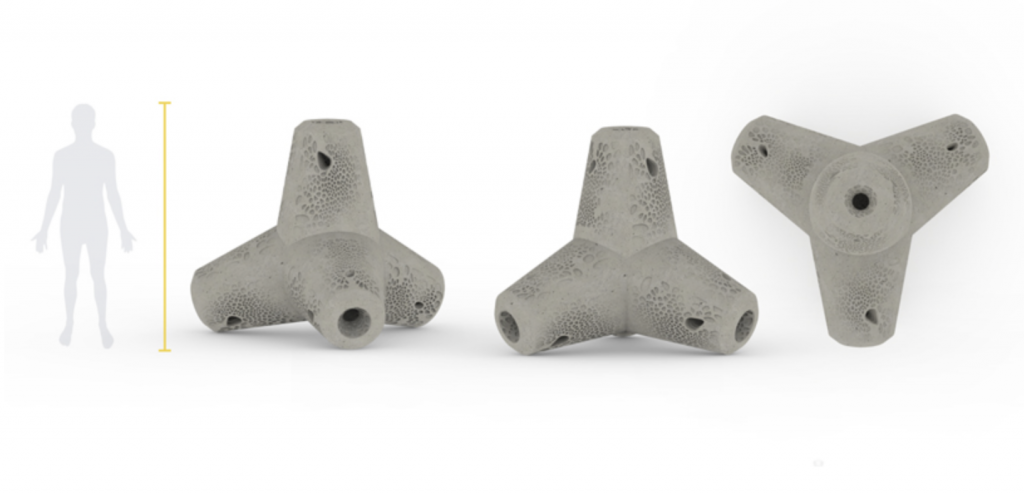
Biopod by Maor Bezner and ECOncrete
Named Biopodbecause of the unique bio habitat pods inside each of its ‘legs’, the resulting product is a reinterpretation of a common tetrapod breakwater unit. The interaction between individual units mimics the interplay of regional marine ecosystems.
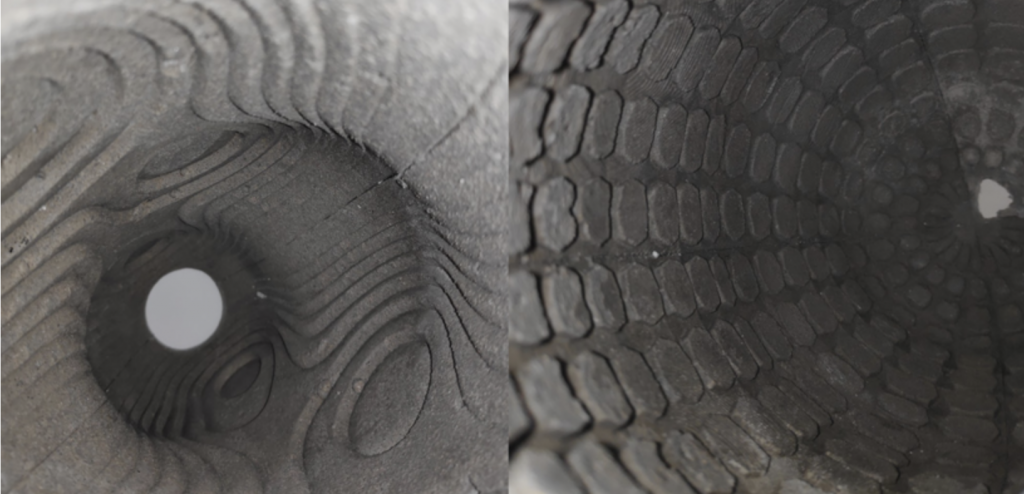
Biopod by Maor Bezner and ECOncrete
Bezner also used parametric design software to create a suitable surface that can facilitate natural growth of local marine flora and fauna within and around the ECOncrete infrastructure.